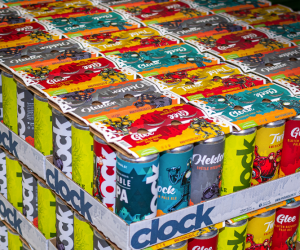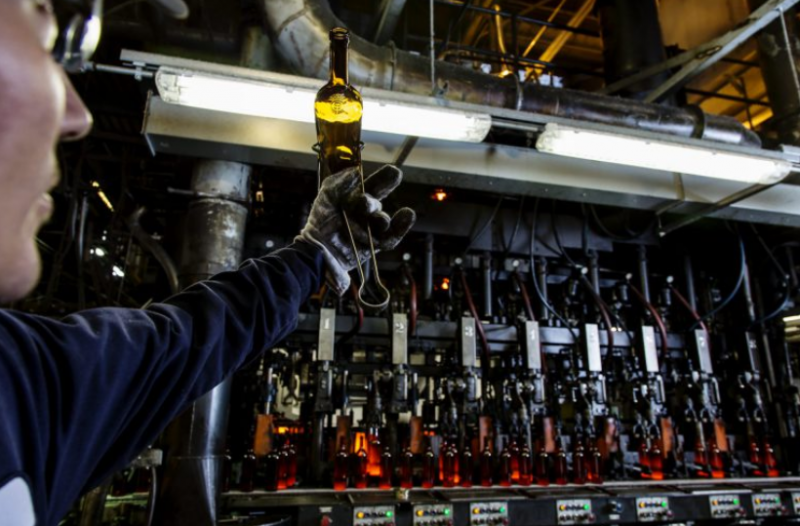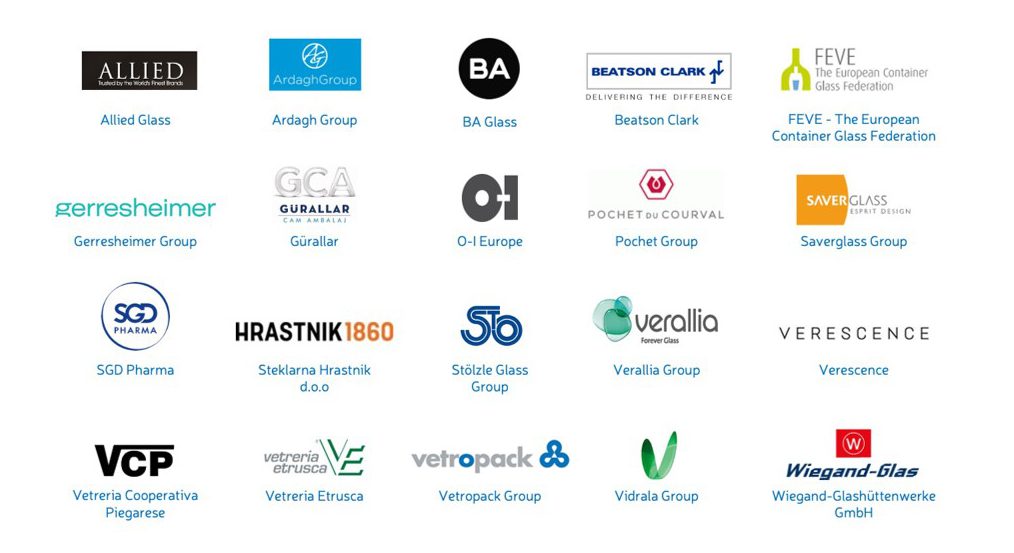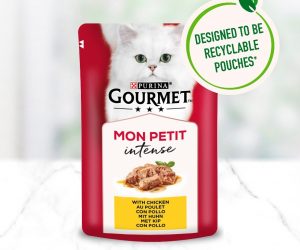

The Furnace for the Future
A Fundamental Milestone Towards Climate-Neutral Glass Packaging!
“The Furnace for the Future is the most significant step towards achieving climate-neutral glass packaging throughout Europe.” – Adeline Farrelly, FEVE Secretary General.
The ‘Furnace for the Future’ (F4F) represents a strategic milestone in securing the future of the European glass industry in a circular and climate-neutral European economy. The F4F breakthrough technology will allow us to switch to renewable electricity and dramatically reduce CO2 emissions. This project is highly innovative but achievable. Today, electric melting already works but it is limited to small-scale furnaces for flint (clear) glass with limited recycled glass content. With the F4F we want to demonstrate that it can work for much bigger furnaces using very high amounts of recycled glass and for all glass colours.
The F4F project will be the first of its kind in the world because it will:
Benefit the whole European container glass sector
For the first time, our industry will collectively fund and develop a technological innovation and prove its commercial viability. The European and Global container glass manufacturer Ardagh Group has volunteered to lead a coalition of 19 independent companies representing over 90% of the total glass container production in Europe (more than 80 billion containers yearly). Ardagh Group will build the F4F and run it in Obernkirchen, Lower Saxony, Germany. The other glass companies will co-finance the project, and in return, will receive all the necessary information (plant visits, training of operators, operating parameters) to run similar plants. This will ensure an efficient dissemination of the know-how and results to support scalability and roll-out at sector level. See the letter of endorsement of the Industry Coalition of FEVE Founding Members.

Significantly reduce CO2 emissions
The F4F technology will cut direct furnace CO2 emissions by 60%, and those of the whole installation by 50% as we replace 80% of the natural gas with renewable electricity. The potential CO2 reduction of this innovation is even higher if it can be subsequently combined with other innovative sources of energy such as hydrogen or biogas.
Be the world’s first
Building a large-scale 350 tonnes/day hybrid electric furnace, able to melt reduced (=amber) glass together with high levels of recycled glass, has no precedent.
Significantly Directly produce glass containers for the commercial markets
To test both the technical and market efficiency, the F4F will operate on a commercial basis. In this way, the path to rolling out the technology will be much shorter. The ambition is to build the F4F by 2022, with first results in 2023.





